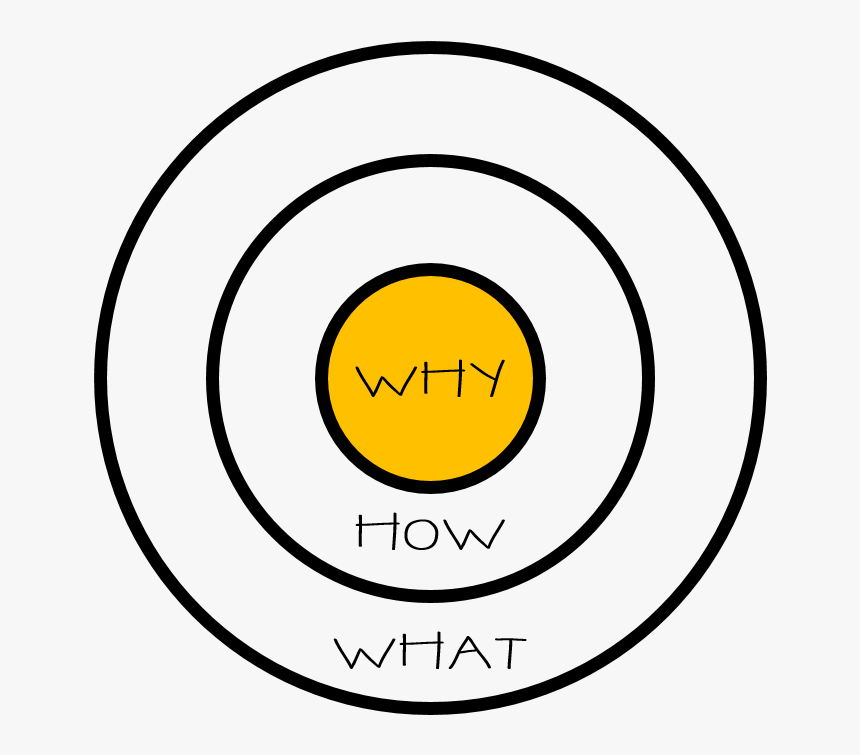Strategic planning is an essential and inclusive process that results in a comprehensive document that articulates the nonprofit vision and mission in clear statements, describes the organization's values, and elaborates on the organization’s goals, strategies and action plans.
Research suggests that nonprofit organizations are most successful when there is a formal strategic planning process coupled with performance and effectiveness measures. Yet, almost half of nonprofit organizations don’t have a strategic plan; even fewer organizations implement their plans in their daily work. Making an impact on community needs and providing solutions to community challenges rests on an effective strategic plan; a plan that empowers individuals, engages the organizations, and directs resources for the greatest impact.
Strategic planning clarifies the mission, vision, and values of an organization and allows organizations to set meaningful goals that are aligned with their values. A strategic plan informs decisions and identifies the best use of available resources. Importantly, the strategic planning process builds engagement among the Board and staff, while establishing clear communication pathways and a unified set of goals.







